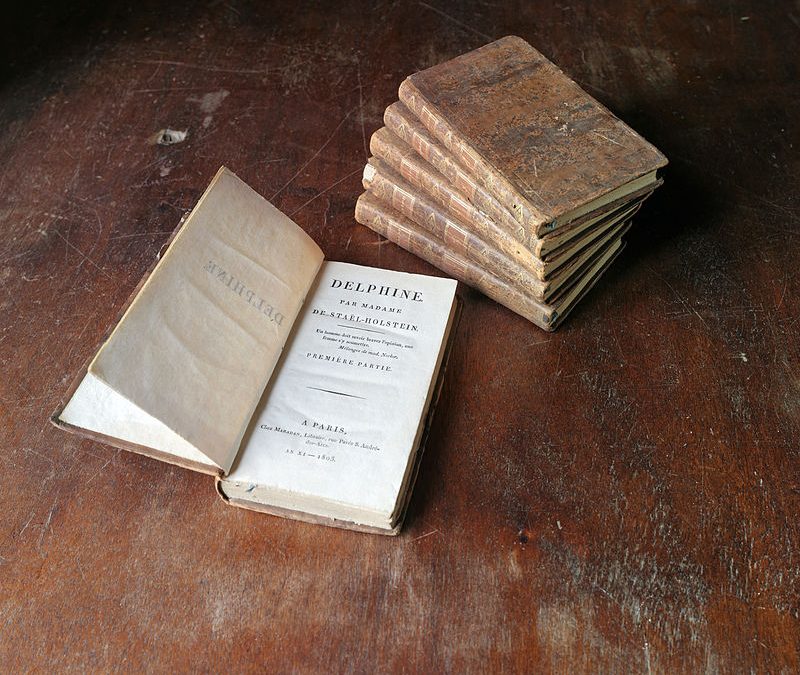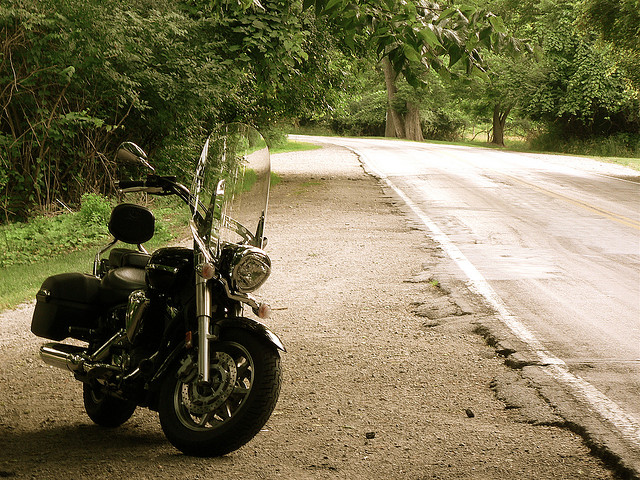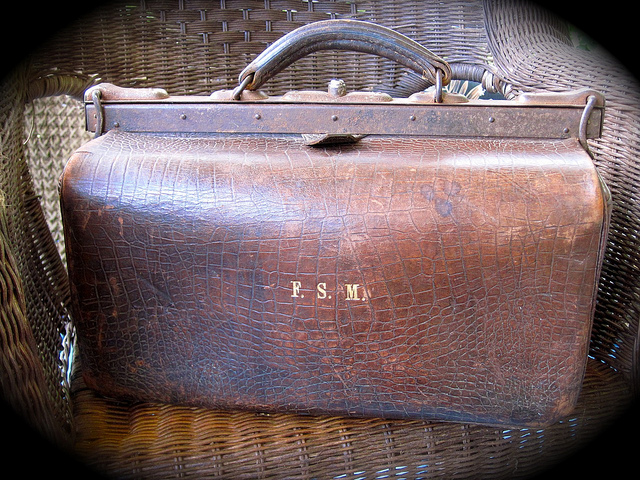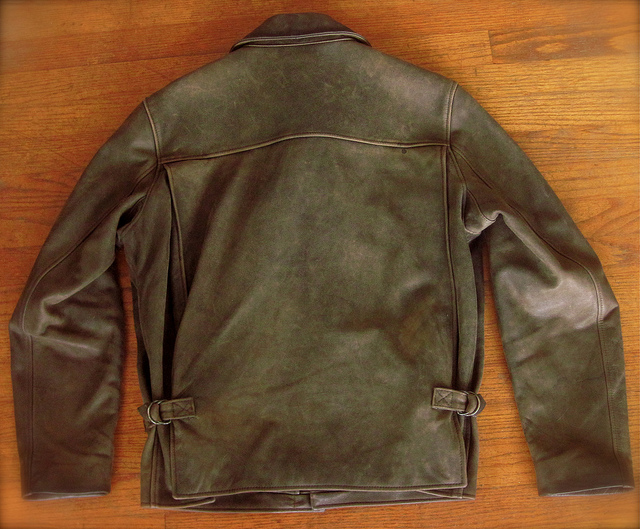
by Leather | Latest News |
When most people think of leather applications, book binding probably doesn’t come to mind. Leather is most commonly associated with products like jackets, shoes, belts, furniture and upholstery, which it does a phenomenal job at. However, it’s also used in book binding, due largely in part to its unique properties and characteristics. To learn more about the use of leather in book binding, keep reading. Whether it’s a educational/academic textbook, sci-fi novel, or any other book, all books must be properly bound. Binding lives up to its namesake by securing the pages together so they don’t fall out. If the pages weren’t bound, they would simply fall right out. This is easily prevented, though, through the use of binding — the physical assembly of a book and the pages it contains. The leather has many advantages Leather has become an increasingly popular choice for book binding, and for good reason: it’s strong, durable, stylish and easily available. But there are also some potential disadvantages to using this material in book binding. Leather is susceptible to temperature fluctuations, high humidity, low humidity, ultraviolet (UV) sunlight, dust, mold and bugs. Turning a blind eye to these elements could result in damage to the book, which is why it’s important for owners of leather-bound books to know where and how to store them. If you own a leather-bound book, it’s recommended that you store it in a climate-controlled environment with a relative humidity of 40-50%. This seems to be a happy medium that’s not too dry and not too moist for leather. Storing leather-bound books in environments with 50% or higher relative...

by Leather | Bikers Jeans, Leather Care, Leather Jackets |
The right apparel can make a world of difference in your comfort, style and even safety when riding a motorcycle. Whether it’s a street bike, “chopper,” or anything in between, you should carefully choose an outfit that’s best suited for your riding needs. While motorcycle apparel is available in a wide variety of different materials, nothing beats good old fashioned leather. To learn more about leather apparel and why it’s the perfect choice for motorcycle riders, keep reading. Comfort Let’s go ahead and discuss the most obvious benefit of riding a motorcycle with leather apparel: comfort. Genuine — not fake or faux — leather is soft, supple and easy on the skin. It offers a naturally soft texture that doesn’t rub or chafe, which is particularly important when you’re riding a motorcycle for hours on end. Regardless of how far you intend to ride, you can rest assured knowing that leather apparel will offer you the highest level of comfort possible. Protection A lesser-known benefit of wearing leather motorcycle apparel is the added protection it offers. It’s not something most people want to think about, but accidents do occur, and more frequently than you may realize. According to the U.S. National Highway Traffic Safety Administration (NHTSA), in 2006, 13.10 cars out of 100,000 ended up in fatal crashes. The rate for motorcycles is 72.34 per 100,000 registered motorcycles. Wearing a leather riding suit isn’t going to prevent you from getting into an accident, but it may reduce your chance of sustaining a “serious” injury. Leather acts as a protective layer between your skin and the road, absorbing the blow...

by Leather | Leather Care, Leather Questions |
We’ve talked about some of types of leather on our blog, but we’ve yet to discuss the different forms. The truth is that most people don’t realize just how many different forms of leather there are. They assume leather is leather, with no real distinguishable differences. But subtle nuances between the different forms of leather can make a world of difference in its appearance and characteristics. Chrome-Tanned Leather Originally invented back in the mid 1850s, chrome-tanned leather is created using a special chemical known as chromium sulfate along with various chromium salts. It’s become the leading and most popular form of leather on the market, and for good reason: it is supple, soft and more pliable that other forms of leather. Furthermore, it doesn’t lose its shape drastically when exposed to water. Some people refer to chrome-tanned leather as “wet-blue” leather, a name derived from its light blue coloring that’s created through chrome tanning. Chrome-tanned leather takes about 24 hours to complete, which is a fraction of the amount required to produce other forms of leather. Vegetable-Tanned Leather The second most popular form of leather is known as vegetable-tanned leather. As the name suggests, it’s created using tannins and other compounds that are readily found in vegetables, trees and fruits. Vegetable-tanned leather has a distinct neutral brown color with various shades depending on the chemicals used during its tanning. According to some experts, vegetable-tanned leather is the only form of leather that’s acceptable to use in leather stamping and carving. Unlike chrome-tanned leather, vegetable-tanned leather is not suitable in water. When exposed to water for a prolonged length of...

by Leather | Leather Care |
Have you noticed your leather product splitting or cracking? Genuine (not faux) leather offers a truly brilliant appearance that’s not found in other materials. Its neutral color combined with subtle grain and ultra-comfortable texture, makes it the perfect textile for jackets, belts, shoes, furniture, and other products. However, it’s also susceptible to cracking if not properly care for. What Causes Leather To Crack? This is a question many people ask, especially if they’ve never owned a product made of genuine leather before. To better understand this phenomenon, you must first look at the properties of leather. If you were to observe it under a microscope, you would notice the surface contains thousands upon thousands of small holes (known as pores). These pores are responsible for withholding and releasing moisture, depending on the surrounding humidity. When leather is exposed to high-humid environments for a prolonged period of time, it will absorb the surrounding moisture. But when it’s exposed to low-humid environments for a prolonged period of time, the opposite will happen and will release moisture. If enough moisture is released from the leather, it will begin to split and crack open. Preventing Leather From Cracking Open Protecting your leather from damage caused by splitting and cracking is actually a lot easier than most people realize. Going back the underlying cause of this phenomenon, splitting/cracking occurs when leather is exposed to exceptionally dry environments. Therefore, conventional wisdom should lead you to believe that it can be prevented by storing your leather product(s) in an environment with a moderate climate. A good rule of thumb is to sustain a relative humidity of...

by Leather | Leather Questions |
When researching the different types of leather, you may come across a particular variety known as split leather. Based on the name alone, it’s difficult — if not impossible — to determine what exactly this means. To make things even more confusing, very few products are made using split leather. If you’re still scratching your head trying to understand what split leather is, keep reading for a breakdown of the term. Leather is typically sold in one of four different forms: full-grain, top-grain, corrected-grain and split. Products made of the highest quality leather are full-grain, which means it has not been buffed or sanded down in any way shape or form. This preserves its strength and durability while also keeping its genuine leather appearance. Top-grain, on the other hand, is a slightly lower quality of leather in which the split layer is removed and the surface is sanded or buffed down. Unique leather type A third type of leather is corrected grain, which as the name suggests, has an artificial grain added to the surface. You might be wondering why anyone would want to add a grain to the surface of a leather rawhide. Well, if the leather was low-quality, adding a grain may improve its function and appearance. Corrected-grain leather still pales in comparison to full and top-grain, but it’s still a common technique used by leather workers today. The fourth and final type of leather is split leather. Split leather is unique in the sense that it’s the only type of leather made from the fibrous area of the cow hide that’s leftover from the processing of...







Recent Comments